How to Think During the Middle Game in Go
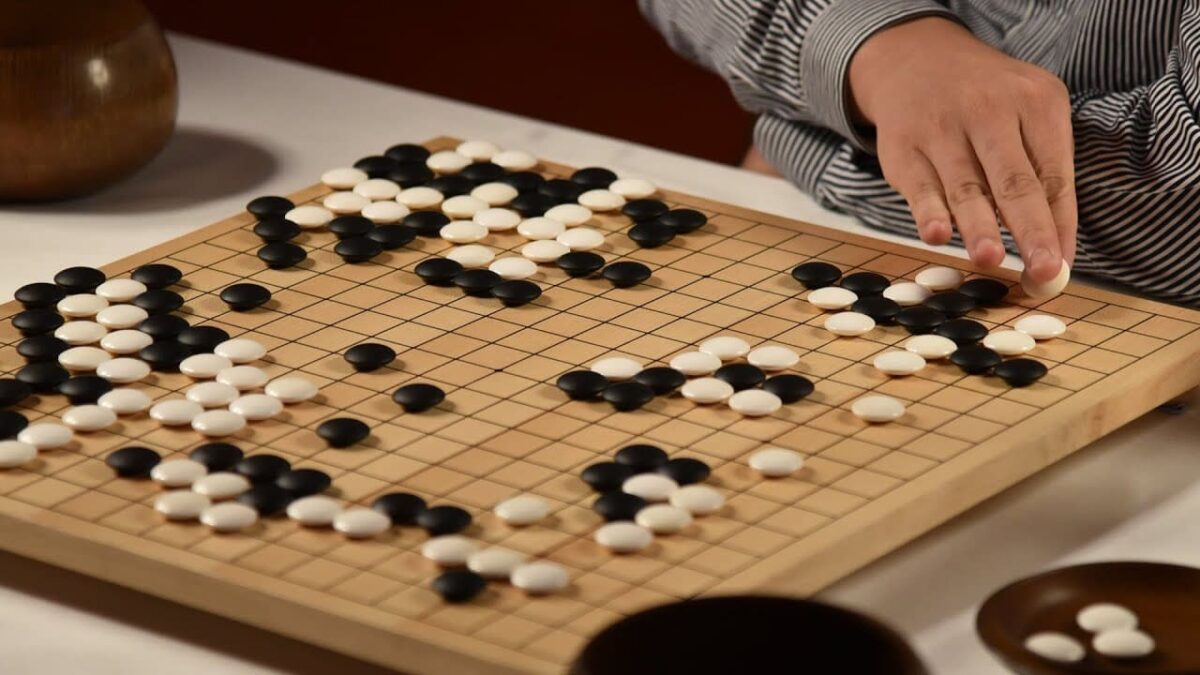

The middle game is where Go becomes truly dynamic. While the opening sets the stage, the middle game determines control over the board. Attack and defense take center stage, and decisions in this phase shape the entire outcome of the game.
This article will explore structured thinking in the middle game, analyzing group safety, attack strategies, and large-scale moves. The concepts are illustrated through a professional game between Cho Chikun (9P) and Ishida Yoshio (9P).
At this point in the game, both players have established rough territories. White has a strong corner and groups forming across the board, while Black has claimed two corners and is extending toward the center. Now, the focus shifts from sketching territory to direct confrontation.
Group Safety: The Foundation of Middle Game Strategy
Before considering attack or large-scale moves, the first question every player must ask is:
Are my groups safe?
A group is considered safe if it has at least two of the following three characteristics:
- A stable base – It has secured enough space to form eyes even after an opponent’s move.
- Established eyes or eye space – It has already formed two eyes or is close to doing so.
- Unhindered access to the center – It can escape and connect with other stones.
If a group lacks two of these three, it is weak and vulnerable to attack. The first step in middle-game play is to identify weak groups on the board—both yours and your opponent’s.
Group Analysis: Evaluating Black’s Position
Analyzing the board, let’s examine Black’s groups:
- Top right corner (cross): A stable base with strong territorial control. Safe.
- Bottom right corner (triangle): Solid eye space and unimpeded access to the center. Safe.
- Bottom left group (square): A base is forming, but Black’s stones are behind the enemy lines. Thus their status is questionable.
- Top left group (circle): Black not only has a base here, but also some eye space and access to the center of the board. Safe.
Group Analysis: Evaluating White’s Position
Now, let’s evaluate White’s groups:
- Bottom left corner (triangle): Solid base and easy access to the center. Safe.
- Top left group (square): Has a base and some eye space, so even though it cannot get into the center, the group is safe.
- Bottom right group (circle): Has a base now, but can be undercut. It is also behind the enemy lines.
In this game it was White to play, and they decided to play move 1.
White reinforces a weak group with a move that secures its base and simultaneously weakens Black’s position. This highlights a crucial middle-game concept: a good move should achieve multiple objectives at once.
Professional Game Example: Defense Before Attack
In professional games, the best players always secure their weak groups first before launching an attack.
In this example:
- White recognizes a weak group and reinforces it.
- Black attempts an attack, but White survives and counterattacks.
- Because White played defensively first, they gained the flexibility to switch to an offensive strategy.
This demonstrates an essential principle: Strengthen before striking.
Attacking Weak Groups: Controlling the Fight
Once your own groups are safe, it’s time to shift focus to your opponent’s weak groups. In many situations, if your groups are strong and your opponent’s groups are not strong, you’ll be able to attack and get much profit without your opponent being able to do very much of anything.
What does it mean to “attack” in Go?
Unlike other strategy games, attacking in Go is not about immediate capture. Instead, it means
- Restricting escape routes – Limiting the opponent’s ability to run away.
- Reducing eye space – Making life difficult for an opponent’s group.
- Splitting connections – Isolating groups to prevent reinforcements.
Example: Black’s Attack on White’s Weak Group
Black blocks White’s running direction to the side. By striking from this position and blocking White’s advance in this area, Black forced their opponent into a vulnerable spot—trapped behind enemy lines and on the verge of losing their base.
Playing in Big Areas
If neither player has weak groups, the best strategy is to play the largest move available.
A “big move” usually means:
- Expanding a strong framework into solid territory.
- Reducing your opponent’s potential for growth.
- Strengthening influence in contested areas.
Here’s the example situation:
Black can play any of the marked moves:
A – to prevent White from developing the left side.
B – to prevent White from growing their bottom side.
- White’s territorial potential is now limited, forcing White to seek alternative strategies.
This is an example of proactive play—choosing a move that not only benefits you but also restricts your opponent’s options.
A Three-Step Approach to Middle Game Strategy
Navigating the middle game effectively requires structured thinking. The three-step checklist for middle-game decision-making is:
- Are my groups safe? If not, reinforce them.
- Does my opponent have weak groups? If yes, attack and apply pressure.
- If there are no weak groups, what is the biggest move? Play to expand or limit your opponent’s influence.
The Power of Multi-Purpose Moves
The best moves in the middle game achieve multiple objectives at once. For example, a move can:
- Defend a weak group while attacking an opponent’s weak group.
- Reduce an opponent’s territory while expanding your own influence.
By following this approach, players can avoid aimless moves and ensure every move contributes to a broader strategy.
Final Thoughts: Mastering the Middle Game
The middle game is where Go players truly showcase their strength. While openings follow standard patterns, the middle game is where creativity, adaptability, and strategic depth come into play.
By focusing on group safety, attacking weak groups, and playing in big areas, you can take control of the board and dictate the flow of the game.
If you enjoyed these strategies, deepen your skills with Middle Game Mania: Attack and Defense!—a full course by Chris breaking down proactive and defensive play.
For players looking to sharpen their opening-to-middle-game transition, Moving to the Middle Game by Matthew McKee 4d offers targeted training.
This article adapts Christopher Sagner’s 5d attack and defense video lesson; the original video is available on our YouTube channel here.
What do you struggle with most in the middle game? Share your thoughts below!
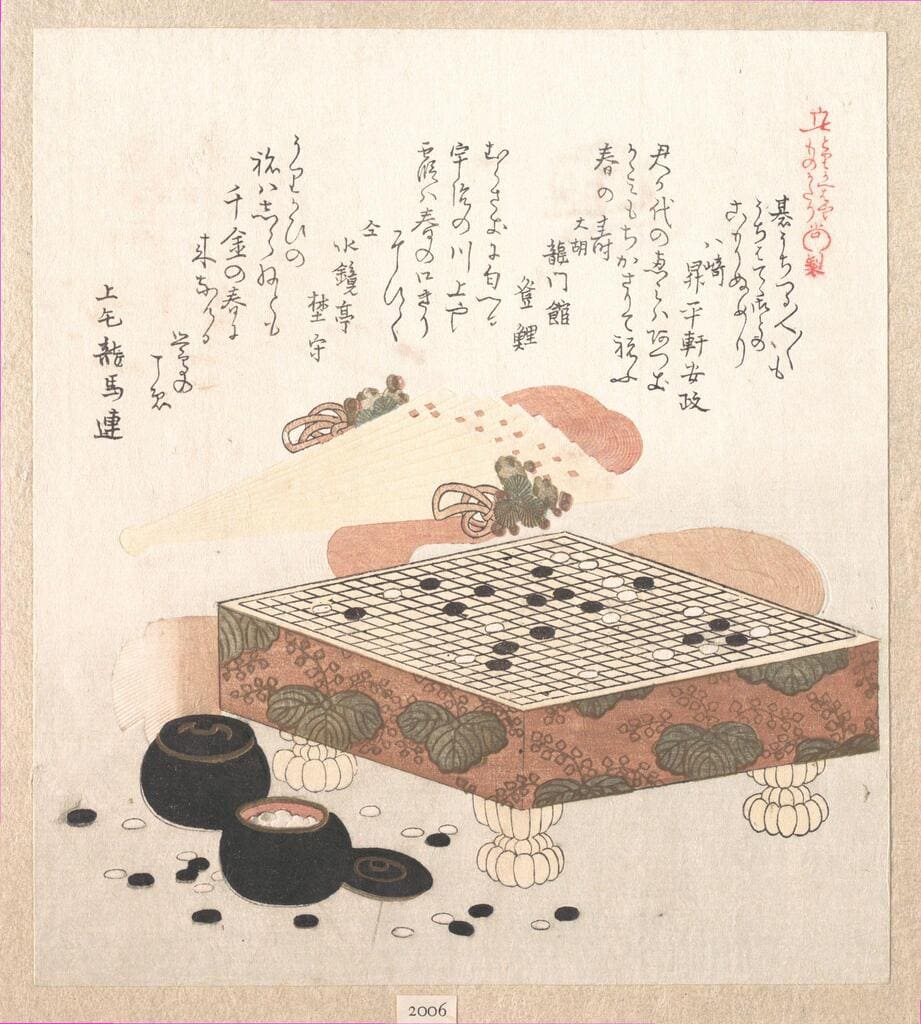

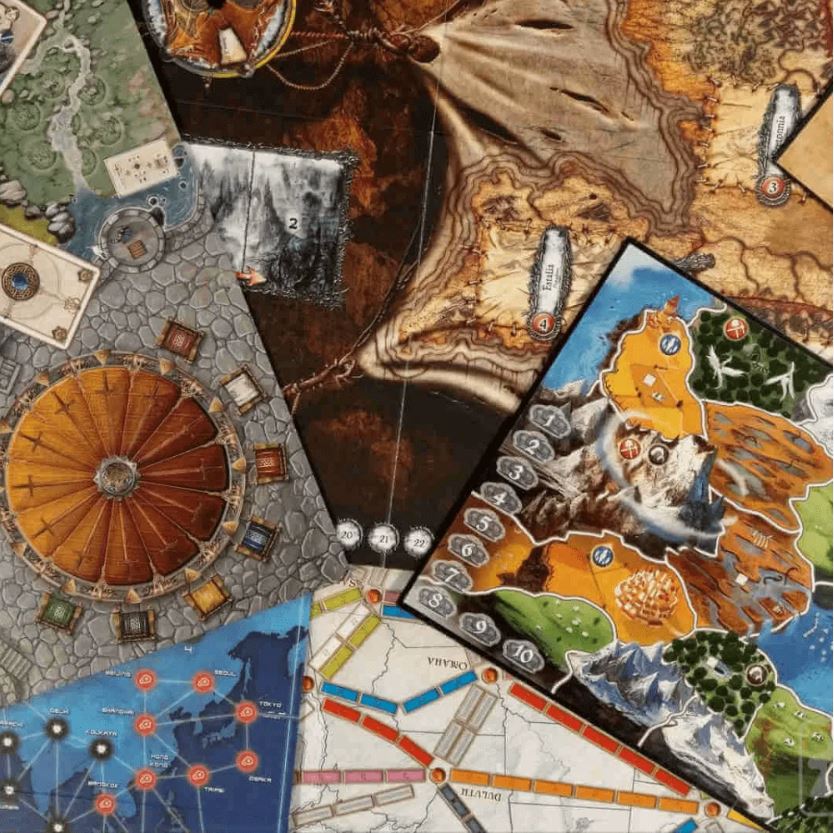
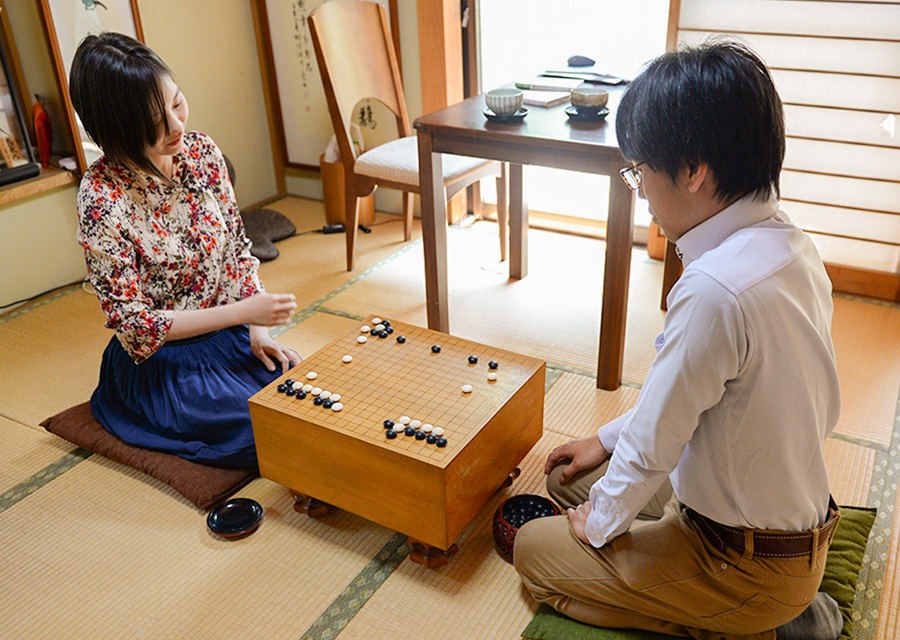
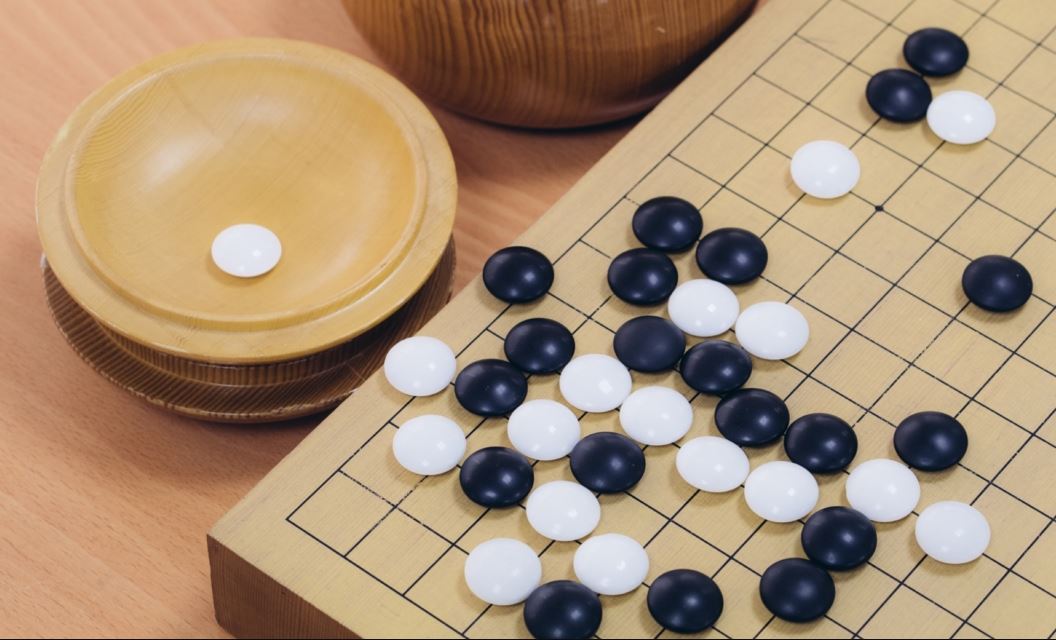
Оставить комментарий